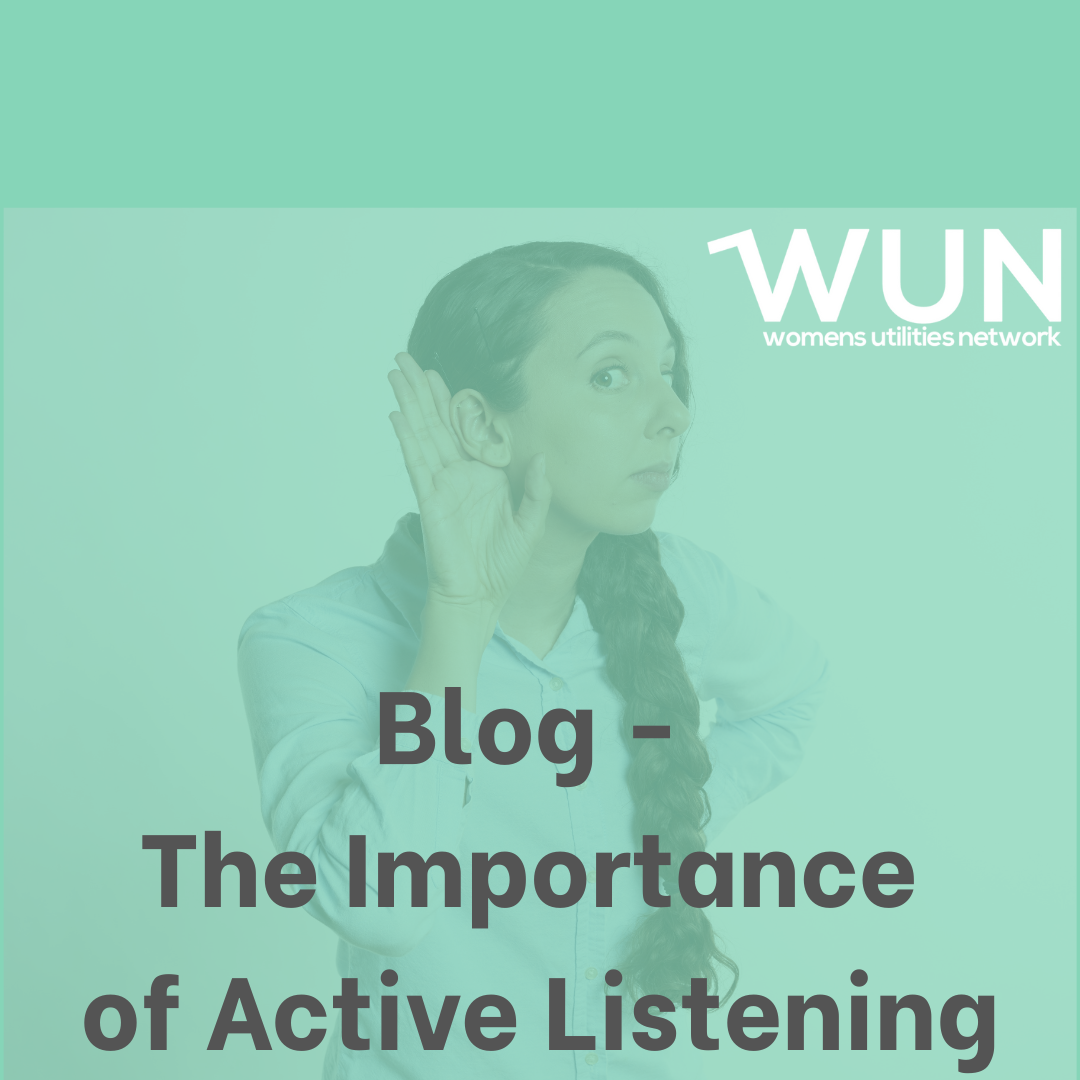The Importance of Active Listening

Greek philosopher, Epictetus, said: “We have two ears and one mouth so that we can listen twice as much as we speak.” Whilst this quote is relevant to everyone at all times, no matter what we are doing. It is of particular relevance to mentors.
A successful mentor will possess a range of skills, including instructing and developing capabilities, inspiring others, providing corrective feedback, managing risks, opening doors, building trust, encouraging growth, and identifying both goals and current realities. However, the number one skill of a mentor is communication and active listening is a key component to communication.
Active listening means going beyond simply hearing the words that another speaks. It is about seeking to understand the meaning and intent behind the words and requires you to be a mindful and focused participant in the communication process. Active listening techniques include: showing interest by maintaining good eye contact; noticing and using non-verbal cues; paraphrasing what has been said to confirm understanding; and withholding judgement and advice.
Active listening keeps you engaged in the conversation and makes the other person feel heard and valued. It demonstrates that you value the other person’s needs and ideas. Ultimately, the process of active listening within a mentoring relationship builds trust and respect, strengthening the mentoring relationship, putting the mentee at ease and encouraging them to open up more to the mentor.
Here we go into more detail of how you can practise active listening.
Be Fully Present – active listening requires being fully present in the conversation, enabling you to concentrate on what is being said and deeply connecting with the mentee. You will want to put away your phone, ignore distractions, avoid daydreaming and shut down your internal dialogue.
Pay Attention to Non-Verbal Communication – Albert Mehrabian, Professor Emeritus of Psychology at the University of California is best known for his research into the relative importance of verbal and non-verbal messaging. His research suggests that 55% of communication is conveyed through body language, facial expressions and posture. So pay attention to these non-verbal cues. But also pay attention to how fast the mentee is speaking, for example if your mentee is talking quickly, it could be a sign that they are nervous or anxious; and if they are speaking slowly, they may be carefully choosing their words.
Maintain Eye Contact – this tells the other person that you are present and listening to what they are saying. But do be careful to not hold eye contact for too long which can make the other person feel uncomfortable.
Ask Open Questions – which encourages the conversation to flow and enables you to really understand the mentee’s needs. Examples of open questions include: What did you think about that? How would you like to move forward? How do you think you could have responded differently?
Reflect What You Hear – when the mentee has told you something, summarise what you have heard. This ensures that you have understood what they have said and it makes the mentee feel validated and listened to.
Be Patient – this allows the mentee to speak without interruption, giving them time to say what they are thinking. It is important that you do not fill any periods of silence with your own thoughts. It is also important that you do not change the subject abruptly, as this can suggest that you are feeling impatient and even bored.
Withhold Judgment – remain neutral and non-judgmental, which will help the mentee feel more comfortable sharing their thoughts. It makes the conversation a safe zone, where the mentee can trust that they won’t be shamed, criticised or blamed.
Active listening will help you develop a strong relationship with your mentee, enabling you to more easily support their development and growth.